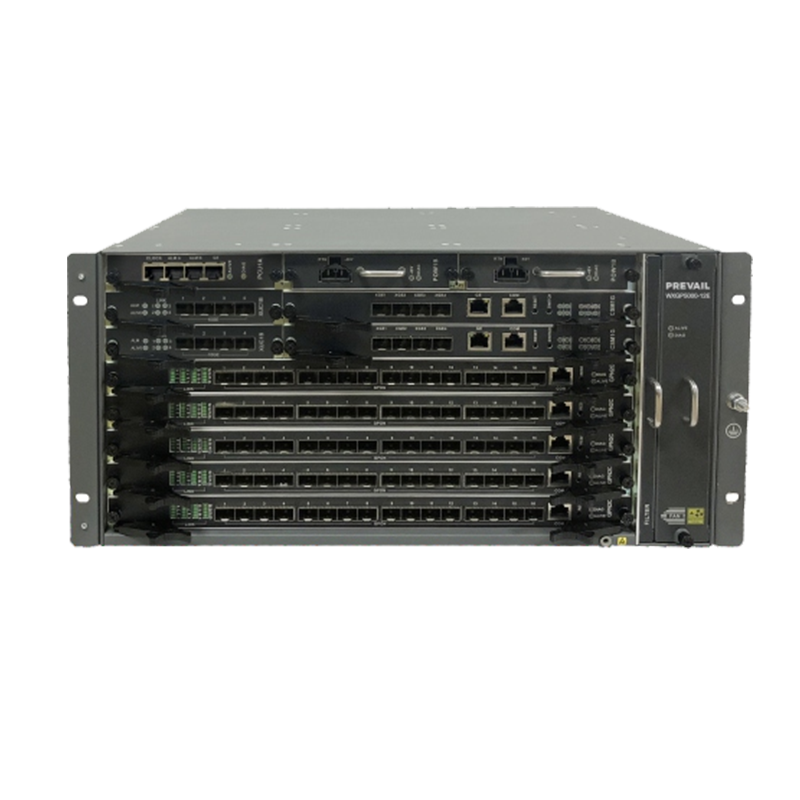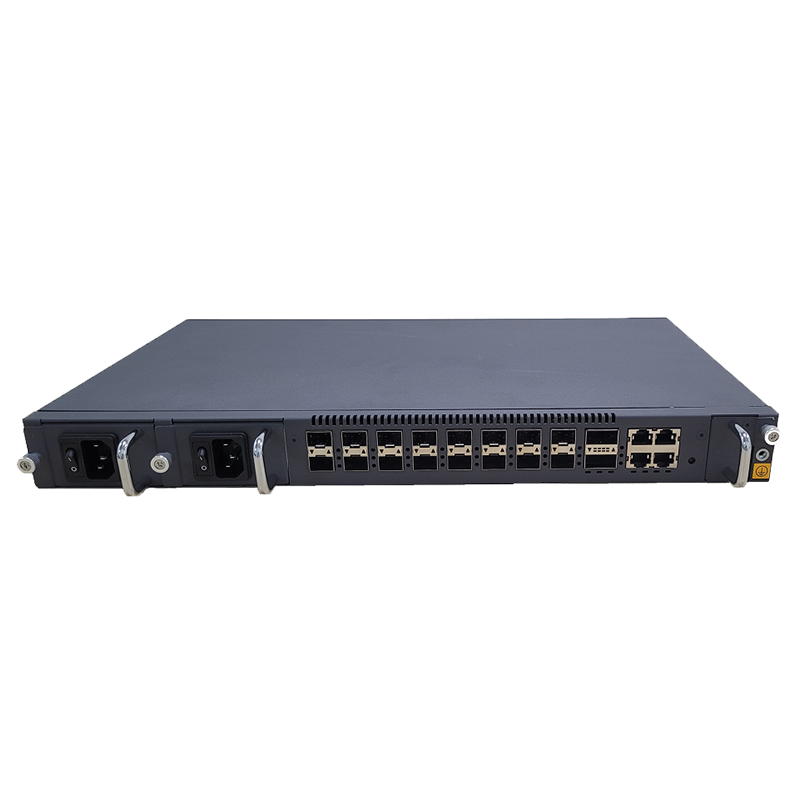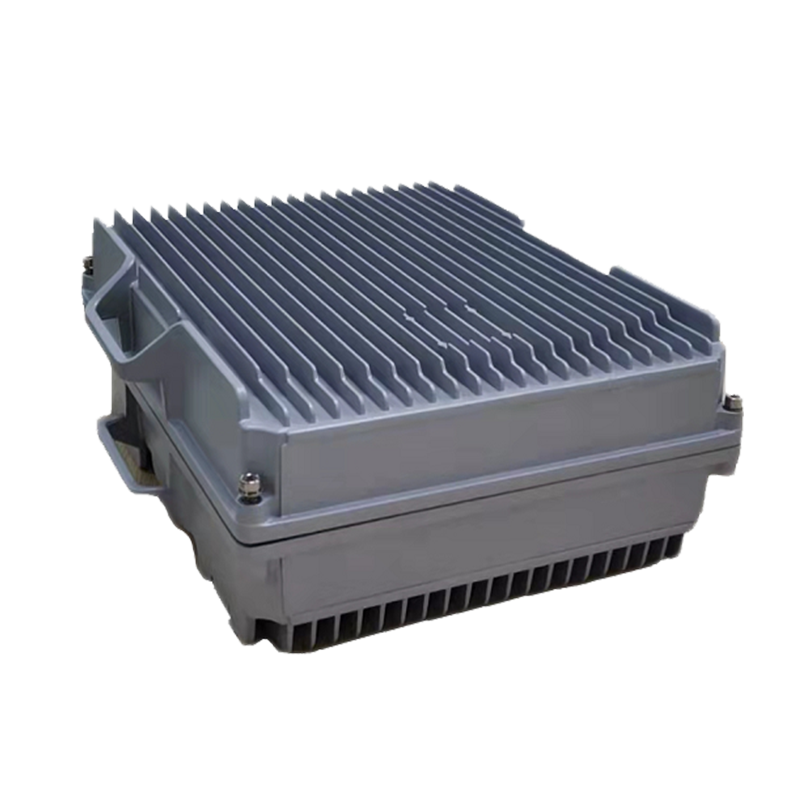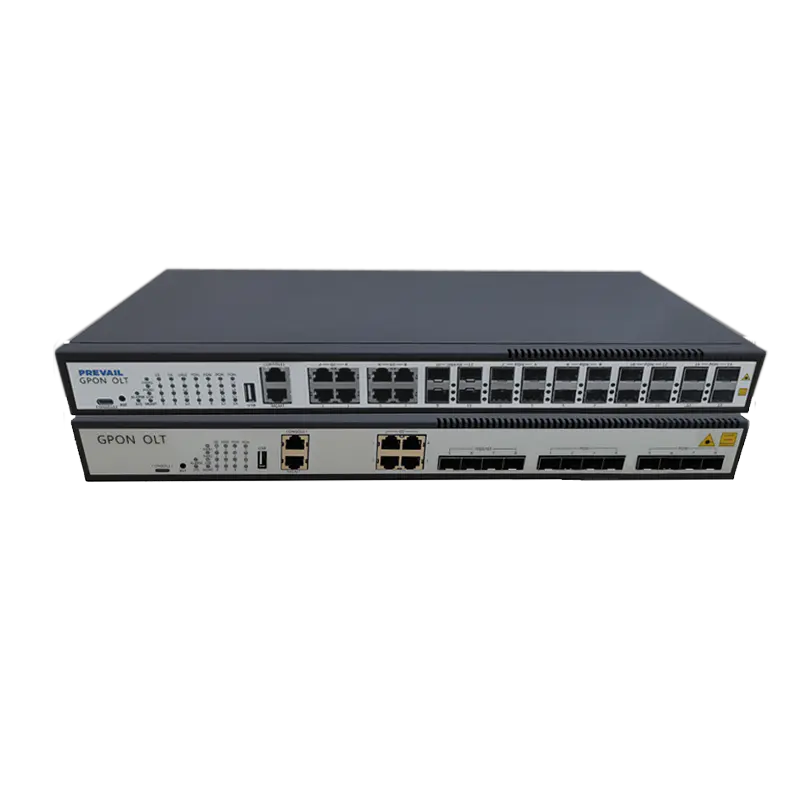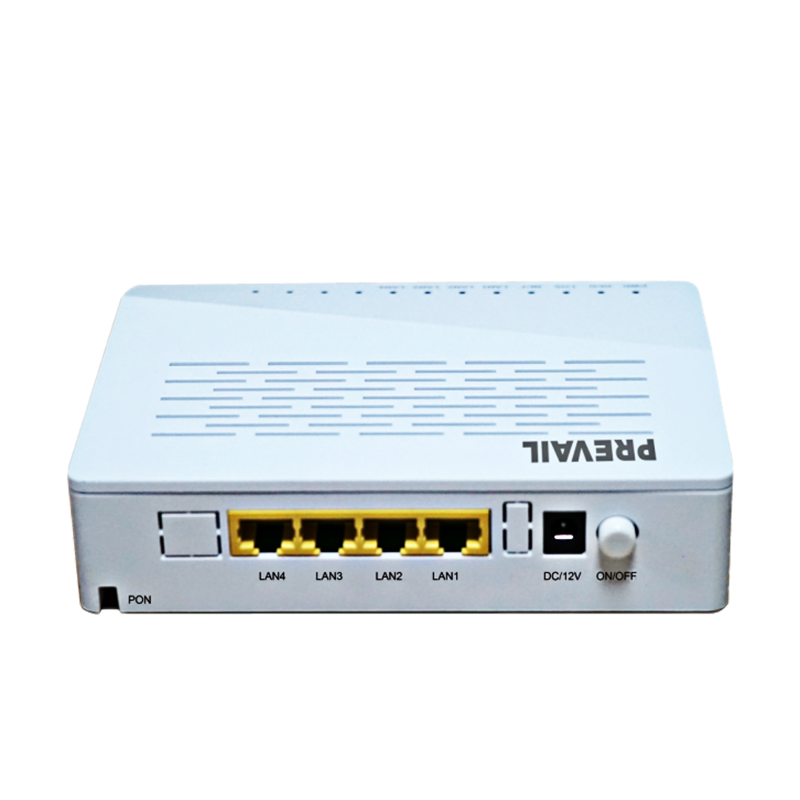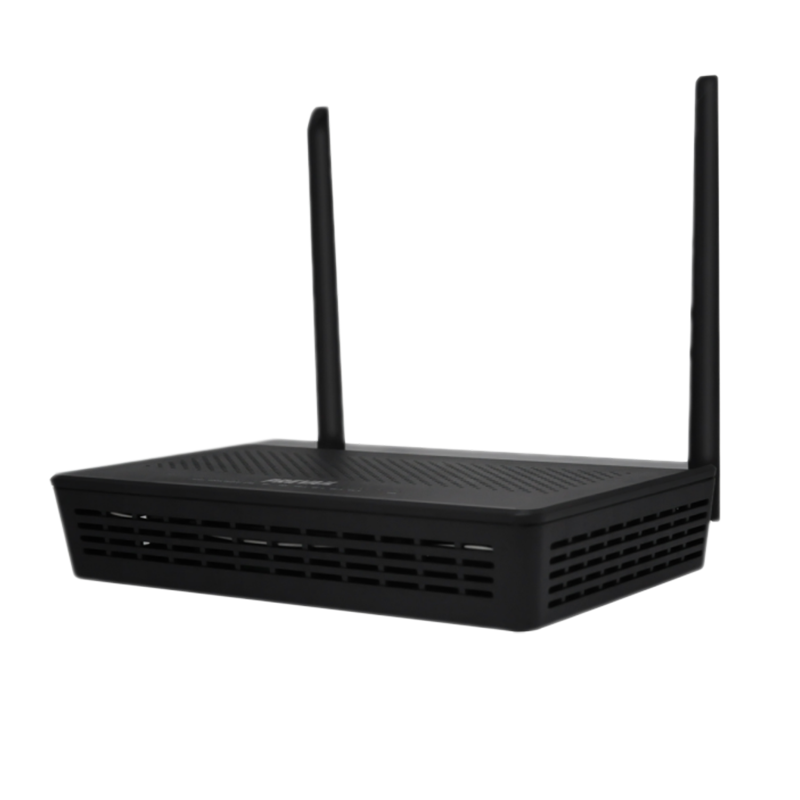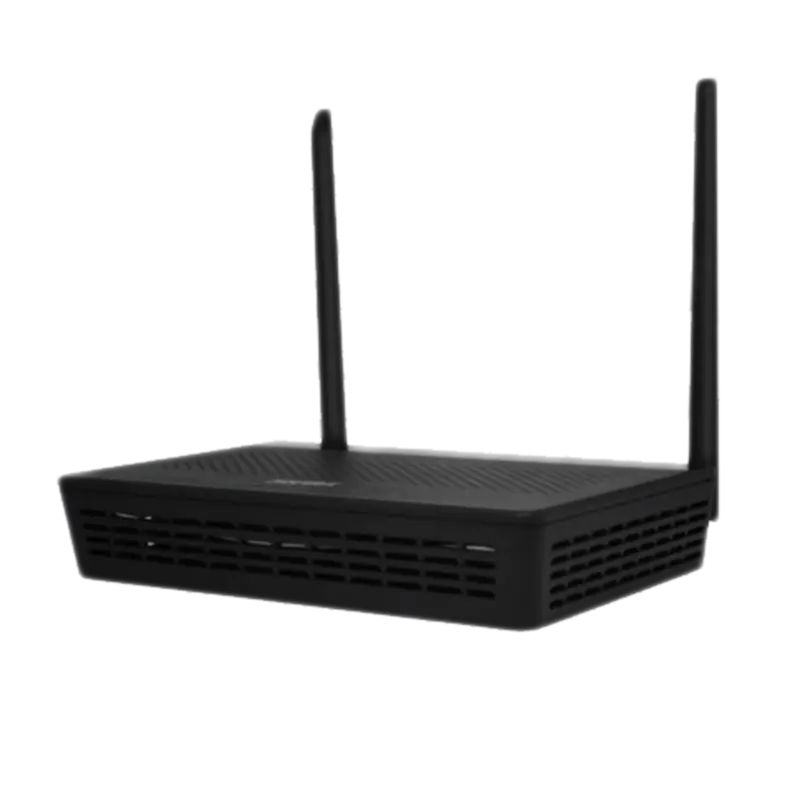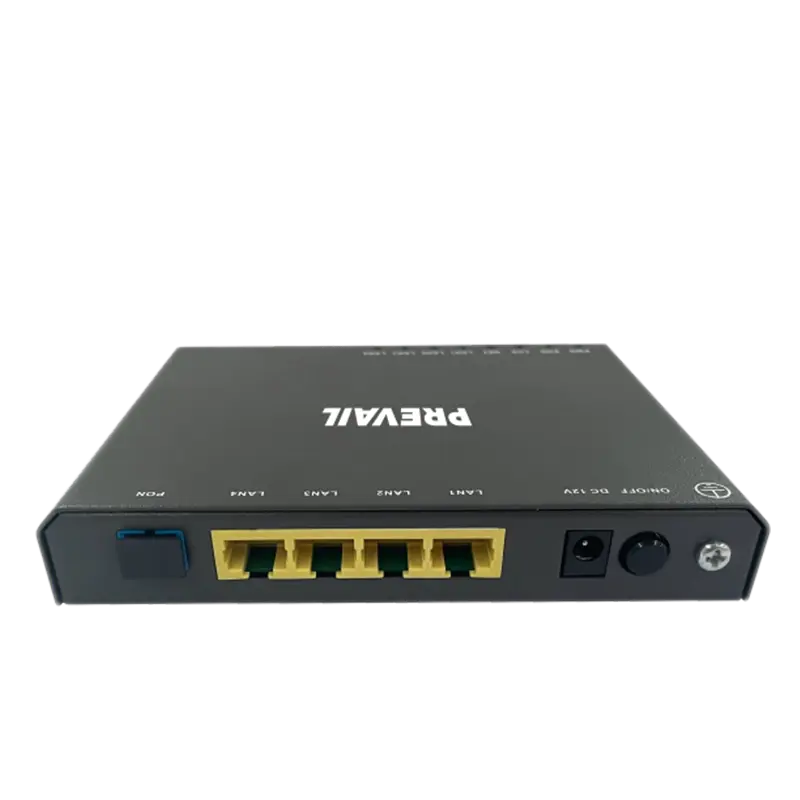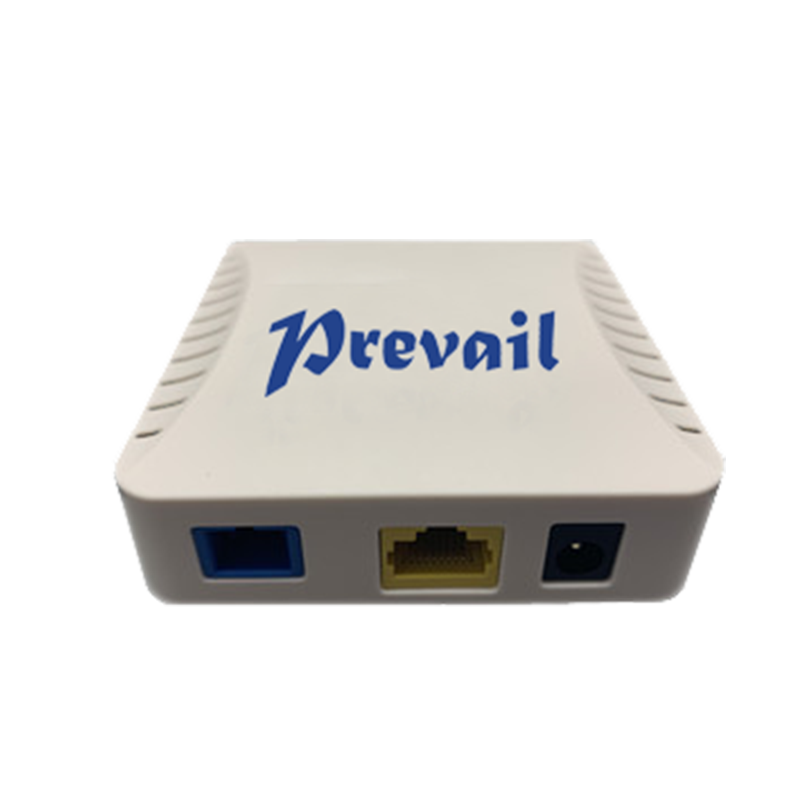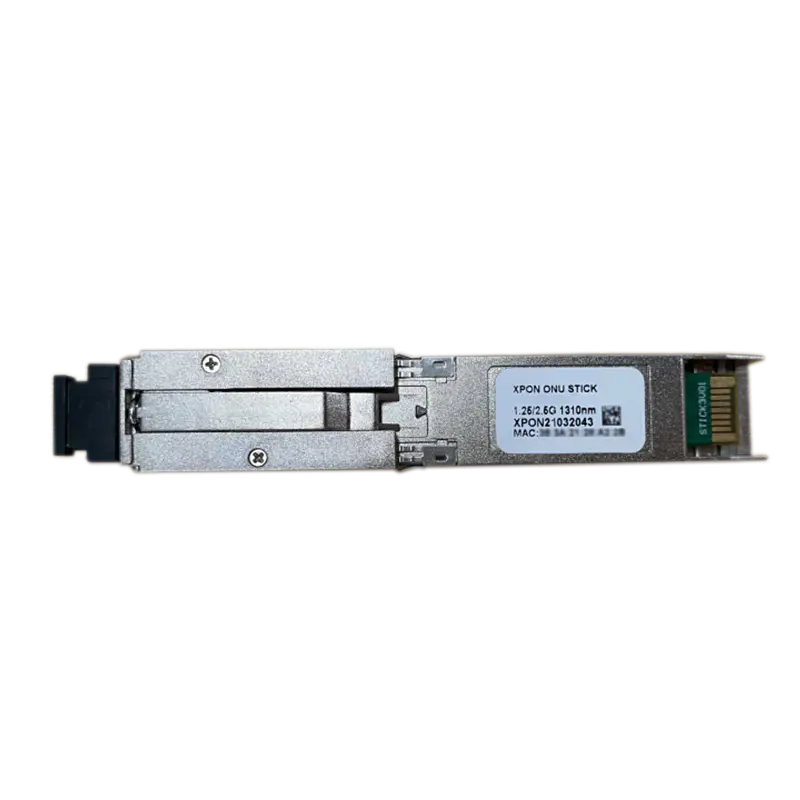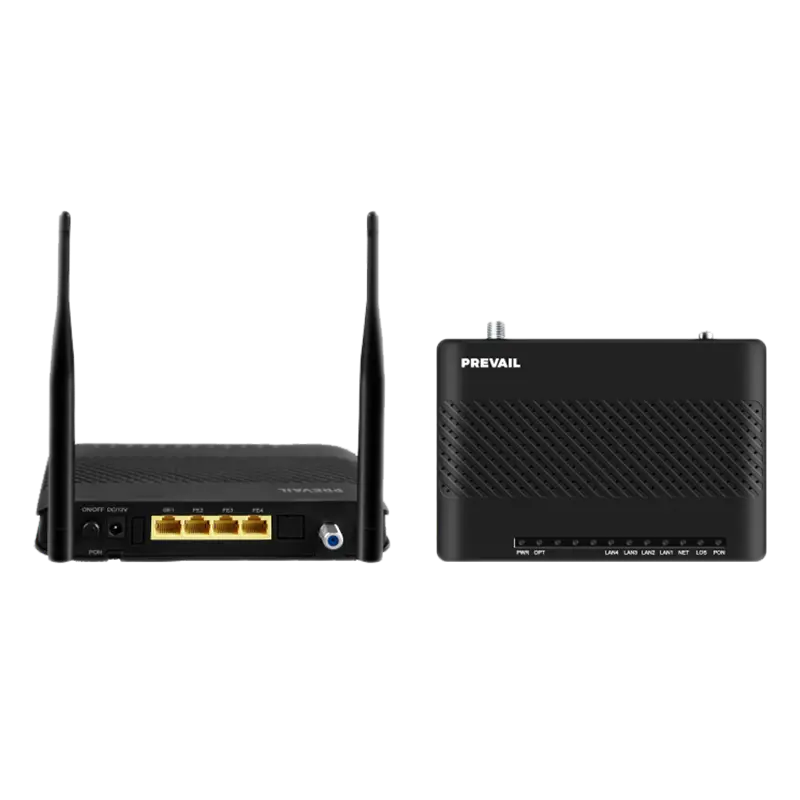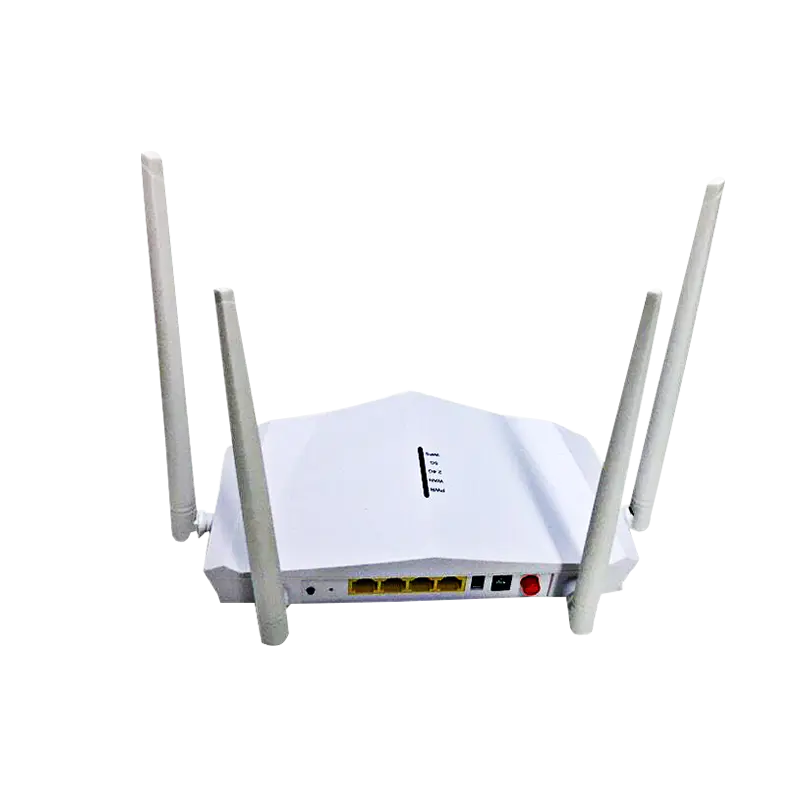What Are the Core Components of a Digital TV Front-End Comprehensive Platform?
In the era of digital broadcasting, the Digital TV Front-End Comprehensive Platform plays a vital role in ensuring that television content is transmitted efficiently, with high quality, and across multiple formats. This platform serves as the technological heart of modern broadcast systems—receiving, processing, encoding, multiplexing, and distributing signals to a wide range of transmission networks. Understanding its core components provides insight into how broadcasters achieve seamless content delivery and high-definition experiences for audiences.
1. Overview of a Digital TV Front-End Comprehensive Platform
The front-end platform is the control center of a digital TV network. It manages the flow of content from production sources to distribution channels such as cable, satellite, terrestrial, or IP-based systems. The platform integrates multiple hardware and software modules that perform signal reception, compression, encryption, modulation, and transmission preparation.
Its “comprehensive” nature means it can handle multiple digital broadcasting standards—such as DVB, ATSC, ISDB, and DTMB—while supporting various types of content, including live TV, video-on-demand (VOD), and interactive media.
2. Signal Reception and Demodulation Modules
The first stage in any front-end system is the signal reception and demodulation process. This component is responsible for receiving audio and video signals from various sources, such as satellite feeds, optical fiber, or local production studios.
Key functions include:
- Satellite Receivers / IRDs (Integrated Receiver Decoders): Receive broadcast feeds from satellites and convert them into baseband signals.
- Demodulators: Process incoming signals (QPSK, QAM, OFDM, etc.) and recover the original digital data stream.
- ASI/IP Inputs: Enable flexible data reception from traditional ASI (Asynchronous Serial Interface) or modern IP-based sources.
Together, these modules ensure stable and high-quality signal acquisition, forming the foundation for subsequent content processing.
3. Encoding and Compression Units
Once signals are received, they must be encoded to reduce bandwidth usage while maintaining visual and audio quality. The encoding and compression module converts uncompressed video and audio into efficient digital formats suitable for transmission and storage.
Key technologies and standards include:
- Video Codecs: H.264/AVC, H.265/HEVC, AV1
- Audio Codecs: AAC, MP2, Dolby Digital, or PCM
- Adaptive Bitrate Encoding (ABR): Allows different quality streams to be generated dynamically for various network conditions.
Encoders are crucial for optimizing resource use, enabling broadcasters to transmit high-definition and ultra-high-definition content without excessive bandwidth consumption.
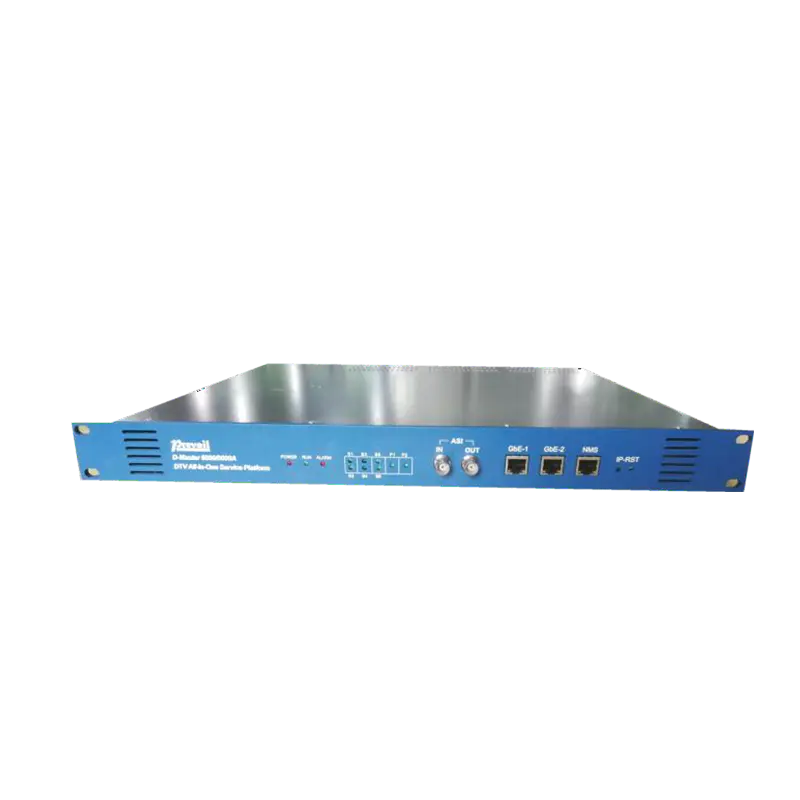
4. Multiplexing and Stream Processing
After encoding, signals from different sources are multiplexed—combined into a single transport stream for efficient delivery. The multiplexer (MUX) arranges video, audio, subtitles, and metadata into structured packets according to standards like MPEG-TS.
The multiplexing unit often includes:
- Bitrate Control: Adjusts stream bandwidth for consistent output.
- PID Remapping and PSI/SI Table Generation: Ensures that receivers can properly identify and decode channels.
- Statistical Multiplexing: Dynamically allocates bandwidth between channels based on content complexity, improving overall efficiency.
This module is the link between content encoding and final signal modulation.
5. Scrambling and Conditional Access (CAS) Systems
To protect content and manage subscription-based broadcasting, scrambling and encryption mechanisms are integrated into the platform. These ensure that only authorized users can access specific channels or services.
The Conditional Access System (CAS) includes:
- Scramblers: Encrypt transport streams using secure keys.
- Key Management Systems: Generate and distribute encryption keys to subscribers.
- Entitlement Management Messages (EMM) / Entitlement Control Messages (ECM): Communicate user rights and control information to set-top boxes.
This component safeguards intellectual property and enables revenue management through pay-TV and tiered content access models.
6. Modulation and Transmission Interface
After processing and encryption, the next step is modulation, which converts the digital signal into a form suitable for transmission over various physical media.
Typical modulation systems supported include:
- DVB-C / QAM: For cable transmission
- DVB-S / QPSK: For satellite broadcasting
- DVB-T / OFDM: For terrestrial transmission
- IP Streaming: For OTT, IPTV, and mobile networks
The modulation interface ensures that digital content is compatible with the chosen broadcast infrastructure and maintains signal stability during distribution.
7. Monitoring and Network Management System (NMS)
A comprehensive front-end platform must include a monitoring and control system to ensure operational reliability and real-time supervision.
Main functions include:
- Signal Quality Monitoring: Tracks parameters like BER, SNR, and packet loss.
- Alarm and Event Management: Alerts operators to transmission errors or equipment failures.
- Remote Configuration: Allows centralized control of devices across multiple locations.
- Data Logging and Analytics: Records performance data for maintenance and optimization.
With advanced NMS integration, broadcasters can automate diagnostics, perform predictive maintenance, and ensure uninterrupted transmission.
8. IP-Based Transmission and Cloud Integration
Modern digital TV systems are rapidly shifting toward IP-based architecture and cloud-enabled platforms. These innovations make the front-end more flexible, scalable, and cost-effective.
Features of IP-based and cloud-integrated systems:
- Virtualized Head-End Functions: Encoding, multiplexing, and streaming can be deployed as software-defined services.
- Remote Access and Operation: Enables broadcasters to manage systems from anywhere.
- Seamless OTT Integration: Supports hybrid delivery models that combine traditional broadcasting with online streaming.
- Dynamic Resource Allocation: Allows scalable bandwidth and computing power based on real-time demand.
This evolution enhances system agility and supports the convergence of broadcast and broadband technologies.
9. Redundancy and Reliability Design
Since television broadcasting requires continuous uptime, redundancy mechanisms are crucial. A digital TV front-end platform typically includes:
- 1+1 or N+1 Backup Systems: Spare equipment automatically takes over if the main unit fails.
- Hot-Swappable Modules: Allow maintenance without service interruption.
- Power Redundancy and Cooling Systems: Prevent downtime caused by hardware faults or overheating.
Such reliability measures ensure 24/7 service continuity, meeting the high expectations of viewers and operators alike.
10. Integration and Customization
Finally, a Digital TV Front-End Comprehensive Platform is designed to be modular and customizable. It can be tailored for various scales—from local cable networks to national broadcasting systems—depending on the number of channels, output formats, and network structures.
Integration capabilities include:
- Compatibility with Third-Party Devices: Seamless operation with encoders, modulators, or network switches.
- Scalable Architecture: Easy expansion to support additional channels or new standards.
- Software Upgrades: Ensure long-term adaptability to evolving transmission technologies.
Conclusion
The core components of a Digital TV Front-End Comprehensive Platform—from signal reception and encoding to multiplexing, encryption, modulation, and monitoring—form an intelligent and interconnected ecosystem. Together, they enable broadcasters to deliver high-quality, secure, and efficient digital television services across multiple platforms.
As broadcasting continues to evolve toward IP-based and cloud-driven systems, these front-end platforms will remain the backbone of modern content delivery, combining high performance, flexibility, and reliability to meet the growing demands of global digital media networks.





